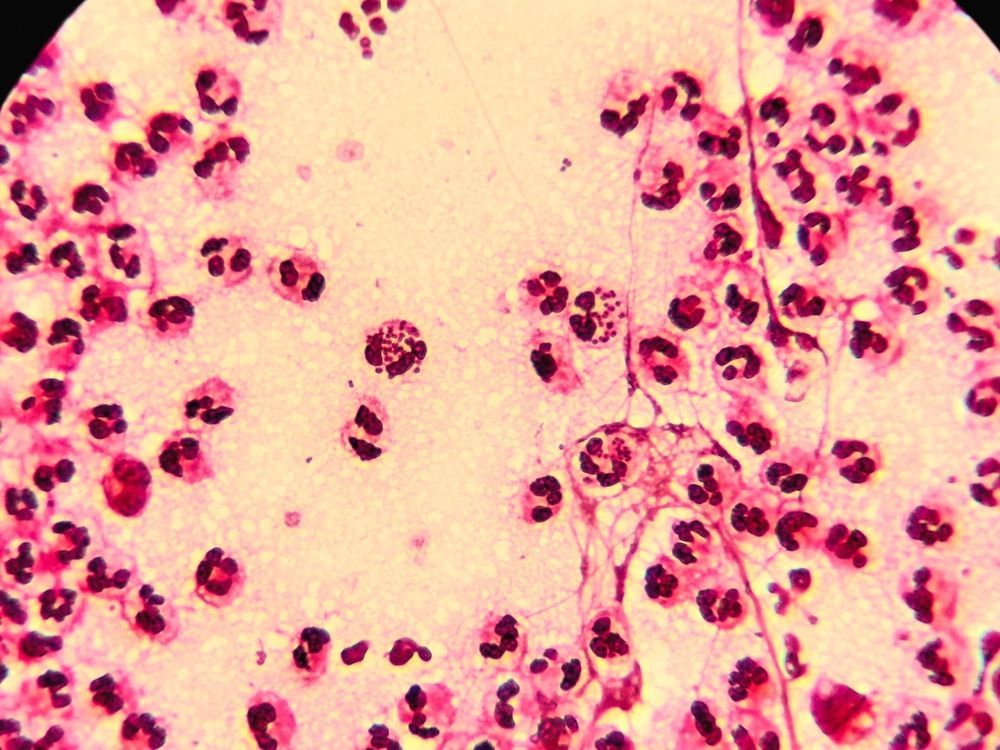How to Prepare for Pregnancy by Age Group
Share this Article:

Do you feel fear and uncertainty because you think you might be unexpectedly pregnant? Do you wonder if your age puts you at risk if pregnant? Do you believe that abortion might be your only logical option? If so, read on as we explore age, pregnancy, and ways to reduce potential risks so that you can make an informed decision about your unplanned pregnancy .
You Are Not Alone
Did you know that nearly half of all pregnancies in the United States are unintended [1]? That’s right; many women are asking the same questions you’re asking right now. 75% of pregnancies among teens aged 15-19 are unintended, and 56% – 77% of pregnancies over age 35 are also unplanned. So, you are not alone.
Am I Too Old to Be Pregnant?
According to the Centers for Disease Control and Prevention (CDC), the fastest-growing category of unintended pregnancies is occurring in women in their forties [2]. If you are concerned about your age, and your ability to carry a healthy pregnancy, it’s a good idea to discuss your questions with a health care professional.
In reality, your health is more important to consider than how old you are. If you are a relatively healthy person receiving prenatal care, the experts at Mayo Clinic agree that you should be able to carry a pregnancy to term and stay healthy [3].
Mayo Clinic states, “Many women are delaying pregnancy well into their 30s and beyond — and delivering healthy babies.” In fact, there is research to support benefits to having children when you’re older. Research from the American Medical Association suggests that giving birth when you’re older helps you feel younger and happier [4]. Also, women who give birth after age 33 tend to live longer than women who give birth before age 30, according to a study published by the Boston University School of Medicine.
Am I Too Young to Be Pregnant?
If you are still a teenager, you might also be wondering if your age puts you at risk if you’re pregnant. Although there are challenges unique to being pregnant in your teen years that older adults don’t have to face, the possible risks are similar. However, there is good news because, like any other pregnant woman, you can take steps to reduce risks.
Reducing Potential Risk of Pregnancy Complications
Depending on your health, as you age you could be at a higher risk of developing certain pregnancy-related complications . Still, our medical care has advanced so that potential issues can be caught early and monitored carefully.
In addition to getting the support you need , Mayo Clinic lists things you can do to reduce pregnancy risks, including:
- Get regular prenatal check-ups
- Eat a healthy diet.
- Take prenatal vitamins containing folate.
- Gain the recommended amount of weight.
- Stay active.
- Avoid harmful substances.
- Take precautions against contracting the flu and other illnesses.
- Get tested for STIs.
- Take prenatal classes.
You probably have many unanswered questions, and Pregnancy Care Clinic is available to answer them confidentially and without bias. We are a real medical clinic with caring, licensed health care professionals. We never charge for our services . Contact us today so you can be empowered with the information and compassion you deserve to make the best decision about your pregnancy.
[1] Centers for Disease Control and Prevention. (2019, September 12). Unintended Pregnancy. Retrieved on August 10, 2020 from https://www.cdc.gov/reproductivehealth/contraception/unintendedpregnancy/index.htm
[2] Division of Vital Statistics. (2019, November 27). Births: Final Data for 2018. Retrieved on August 11, 2020 from https://www.cdc.gov/nchs/data/nvsr/nvsr68/nvsr68_13-508.pdf
[3] Mayo Clinic Staff. (n.d.). Pregnancy after 35: Healthy moms, healthy babies. Retrieved on August 11, 2020 from https://www.mayoclinic.org/healthy-lifestyle/getting-pregnant/in-depth/pregnancy/art-20045756
[4] Rippon, Isla; Steptoe, Andrew. (2015, February). Feeling Old vs. Being Old Associations Between Self-Perceived Age and Mortality. Retrieved on August 11, 2020 from https://jamanetwork.com/journals/jamainternalmedicine/fullarticle/2020288




